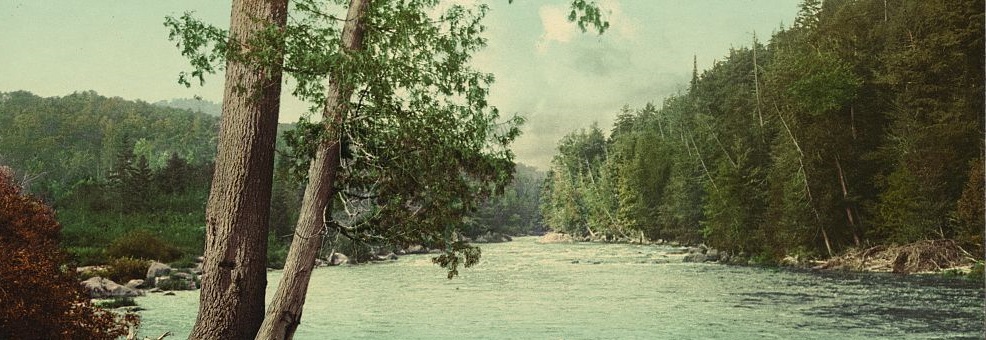There is Much to See in Historic Edinburg
By Joan Rose
The town of Edinburg is located in Northwestern Saratoga County, within the Adirondack Park, along the shores of the Great Sacandaga Lake (a reservoir built to prevent flooding from the Hudson and Sacandaga rivers). Sacandaga is an Indian name that means, “Drowned River.” Building the Sacandaga reservoir required the closing of the Conklingville Dam, and the subsequent loss of communities that settled along that once-beautiful river valley.
The first recorded valley resident, Abijah Stark, settled there in 1787 – the same year the US Constitution was created – having traveled from Coleraine, MA with his wife, the former Elizabeth Newell, and their two young children. Stark arrived with a variety of horses and wagons, which indicates he was probably accompanied by several Revolutionary War veterans, who were likely familiar with the area.
Edinburg was born in 1801, and was originally known as Northfield. The name was changed in 1808, in honor of the capital of Scotland: Edinburgh.
There are many sites worth visiting in the historic hamlet.
MUSEUMS
Originally known as the Beecher Hollow School, the building was a one-room schoolhouse constructed in 1860. Until 1930, a single teacher instructed grades first through eighth. In 1970, it reopened as the Edinburg Town Museum, and in 1979 the museum was renamed the Nellie Tyrell Museum to honor the memory of a former teacher, curator, and the town’s first historian. The building is currently owned and operated by the Edinburg Historical Society.
Recently renovated by the Edinburg Historical Society. The property is open to the public and serves area school children on school trips.
Formerly a highway barn, the building was converted to a city museum in 1991. Exhibits include “Threads, Fiber, and Fabric,” which features a working loom for visitors use.
“The museums reflect a way of life that included farming and hunting, and are witness to earlier eras that bring them to life,” explains Pricilla Edwards, Town Historian. The museums are open during the summer and fall. On request, Edinburg Historical Society members will provide tours to organizations and schools.
BUILDINGS & BRIDGES LISTED ON THE NATIONAL REGISTER OF HISTORIC PLACES
The Barker General Store. 1847-1945. Served as both a store and post office, and is rumored to have been a stop on the Underground Railroad.
The Eli and Diadem Beecher House. Served as a post office 1880-1948. Located on Military Road in Beecher Hollow, the 2 ½ story wooden structure features late Federal and early Greek Revival architecture.
Edinburgh Presbyterian Church. Built in 1867 in the Greek Revival architectural style, the church is a wooden, rectangular-shaped building with a metal-based bell tower and a ceiling light near the front porch. The church was moved to its present site in 1931 to avoid the Sacandaga Reservoir’s rising waters.
Copeland Covered Bridge. Constructed in 1879, the 35-foot long span is famous as the only queen truss bridge in New York State.
Copeland Carriage Shop. Built in 1828 as a water-powered carriage shop, it was later converted to a machine shop designed to produce machining parts. It is an excellent example of water-powered mechanics, which dominated early American industry,
HISTORICAL MARKERS
Edinburgh Bridge
Batcherville Bridge (located on the Northville side of the bridge)
Edinburgh War Memorial (Dedicated to the men and women who served in the United States Military from the grateful Edinburg citizenry. The memorial can be reached via Northville Road and County Road 113.)
The majority of historic markers are located within walking distance of each other.
Nearby is Northville, NY in Fulton County, which also has many interesting historic sites and businesses, including a walking path to and from Edinburg and America’s last Woolworth’s “five-and-dime.”
















